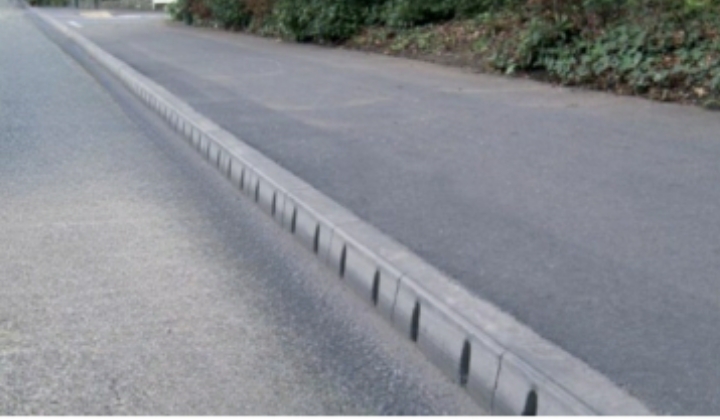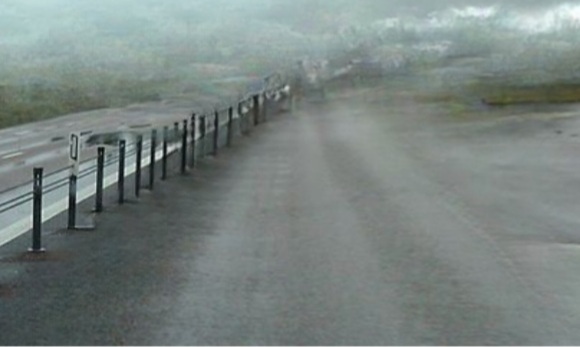In this article, we will discuss about types of gradient. These gradient are used in road and highway construction.
Let’s have a look at various types of gradients.
Table of Contents
1. Ruling Gradient
The ruling gradient slope is the slope that is generally considered when designing a road alignment. The vertical profile of the road shall be designed with a maximum slope of this amount. Known as a design gradient. The IRC recommends a general slope of 1 in 30 for flat or hilly terrain.

2. Limiting Gradient
A slope that is steeper than the normal slope and that can be used for a limited length of road is called the limiting slope. It is used when the terrain of the location must assume a steeper than typical slope in order to minimize road construction costs.

3. Exceptional Gradient
Slopes steeper than the critical slope that can only be used in exceptional circumstances on short sections of road are called exceptional gradient. This type of climb is only used in very difficult conditions and for short distances of 100m or less at a time. According to the IRC, the recommended value for exceptional slope for flat or hilly terrain is 1 in 15 or 6.7%.

4. Minimum Gradient
The minimum desirable slope required to effectively drain rainwater from the road surface is called the minimum slope. The desired minimum slope for this is 0.5% for lined side drains and 1% for unlined side drains.

5. Average Gradient
This is the ratio of the total ascent or descent to the horizontal distance between any two points along the road alignment.

6. Floating Gradient
A slope where a vehicle moving at a constant speed continues to descend at the same speed without the use of external braking is called a floating gradient.

FAQ
What Is Road Gradient?
The term road gradient refers to the longitudinal slope of a road’s formation level along its alignment. The rate at which a road rises or falls in relation to its horizontal alignment is referred to as its gradient.
